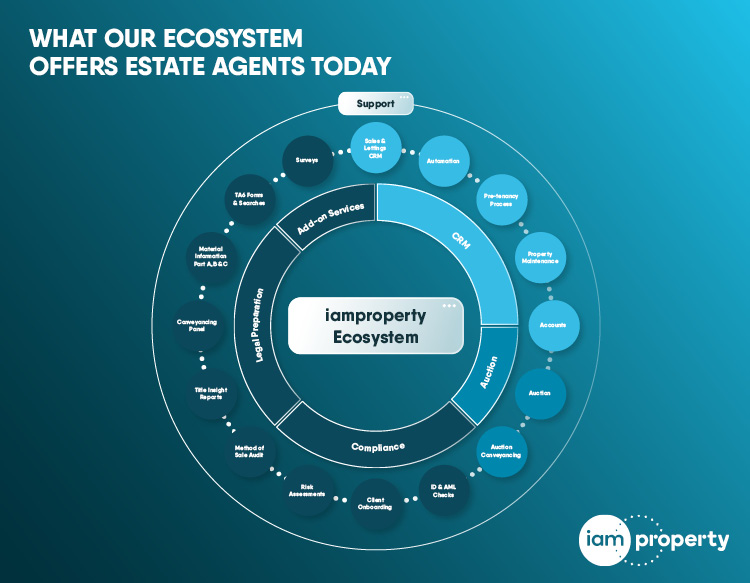UK house prices were last month 8.4% higher than in December 2012 after going up by 1.4% in December.
And, according to Nationwide, they continued to gain momentum as 2013 drew to a close.
Despite this though, house prices are still around 5% below 2007 peak.
Nationwide Chief Economist Robert Gardner said: “The UK housing market followed the trajectory of the wider economy through 2013, gaining momentum as the year progressed.
"The average monthly increase in house prices rose from 0.4% in the first half of the year to 1% in the second half of 2013. Overall, prices increased by 8.4% in 2013, though they remain around 5% below the all-time highs recorded in late 2007.
“The upturn also became increasingly broad based over the course of 2013. For the second successive quarter, all thirteen UK regions saw positive annual house price growth in Q4, though London and the South East continued to record the strongest pace of growth.
“A large part of the pickup in the housing market can be attributed to further improvements in the labour market and the brighter economic outlook, which helped to bolster sentiment amongst potential buyers. Policy measures also played an important supporting role by helping to keep mortgage rates close to all-time lows and improving the availability of credit, especially for those with smaller deposits.
“Part of the reason for the acceleration in house price growth is that the supply side of the market has not kept pace with the upturn in demand, even though buyer numbers remain subdued by historic standards. For example, in Q3 2013 the number of housing transactions in England was around 25% below pre-crisis levels, while the number of new homes built was around 45% lower. Moreover, even in the pre-crisis period, the pace of construction was below that required to keep pace with the increase in the number of households, adding further weight to the notion that the supply side of the market remains constrained.
“Affordability is being supported by the ultra-low level of interest rates. A typical mortgage payment for a first time buyer is currently equal to around 29% of take home pay, close to the long term average. However, the risk is that if demand continues to run ahead of supply in the quarters ahead, affordability may become stretched. House price growth has been outstripping average earnings growth since the middle of the year.”









.png)



%20A%20property%20tale%20for%20our%20times.png)







Comments